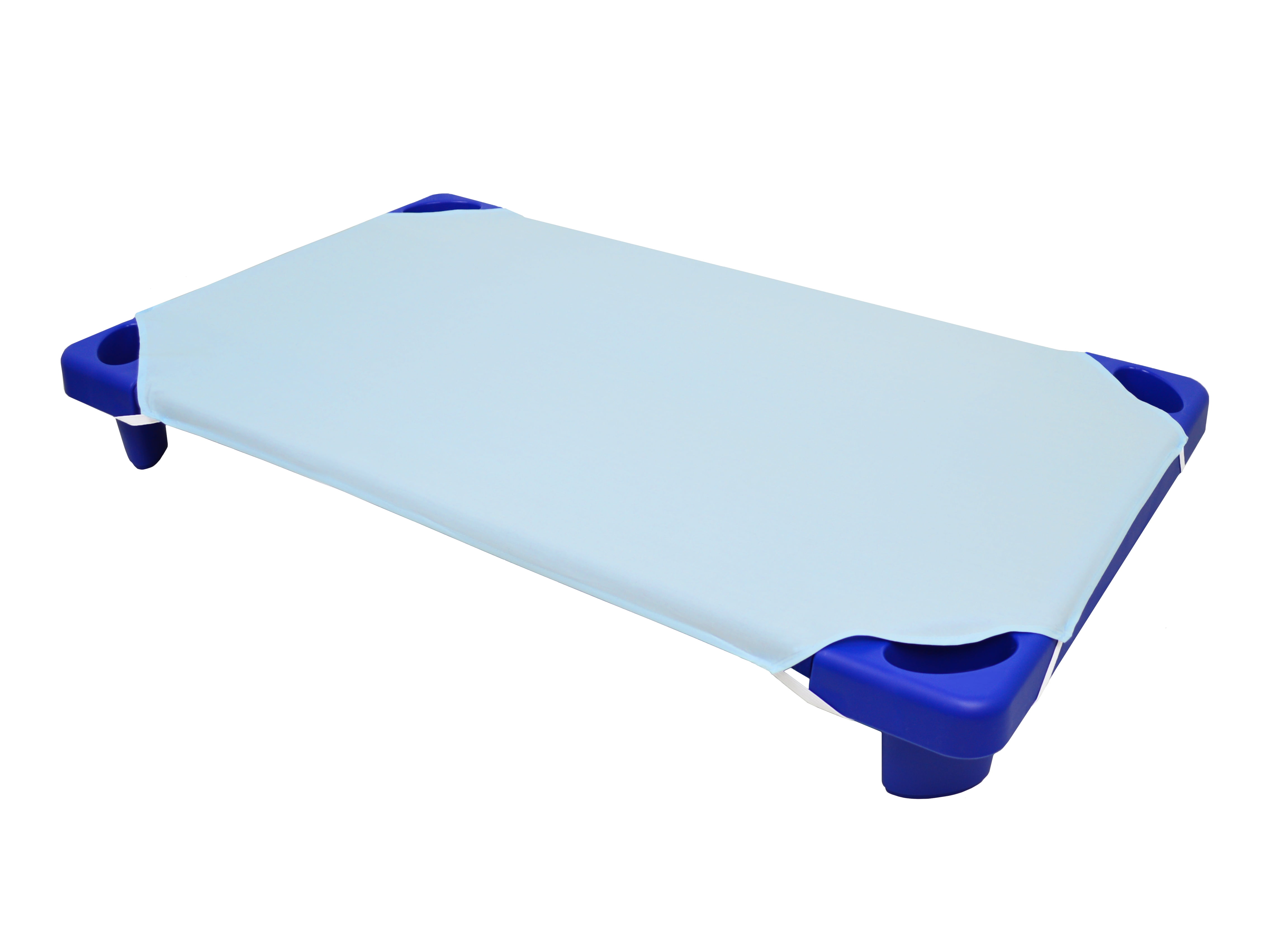
Baby Care Cots: A Comprehensive Guide for Parents
Introduction
The arrival of a newborn brings immense joy and responsibility to parents. One of the most important decisions they make is choosing a safe and comfortable sleeping environment for their little one. Baby care cots, also known as cribs, play a crucial role in ensuring the well-being and development of infants. This comprehensive guide will provide parents with all the essential information they need to select and use a baby care cot that meets their child’s specific needs.
Types of Baby Care Cots
There are various types of baby care cots available in the market, each with its own unique features and benefits. Parents should consider their lifestyle, space constraints, and budget when selecting a cot.
1. Standard Cribs:
Standard cribs are the most common type of baby care cot. They are typically made of wood or metal and have fixed sides. Standard cribs offer a stable and secure sleeping environment for infants.
2. Convertible Cribs:
Convertible cribs are designed to grow with the child. They can be converted into a toddler bed, daybed, or even a full-size bed as the child grows. Convertible cribs are a versatile option that can save parents money in the long run.
3. Mini Cribs:
Mini cribs are smaller than standard cribs and are ideal for small spaces or parents who plan to co-sleep with their baby. Mini cribs provide a cozy and intimate sleeping environment for newborns.
4. Portable Cribs:
Portable cribs are lightweight and easy to fold, making them ideal for travel or occasional use. They are a convenient option for parents who need a portable sleeping solution for their baby.
5. Bassinettes:
Bassinettes are small, portable cribs that are designed for newborns. They are typically placed next to the parents’ bed, allowing for easy access to the baby. Bassinettes provide a safe and comfortable sleeping environment for infants in the early months of life.
Safety Considerations
Safety is paramount when choosing a baby care cot. Parents should look for cots that meet the following safety standards:
1. ASTM International Standards:
ASTM International is a global organization that develops safety standards for various products, including baby care cots. Cots that meet ASTM standards have undergone rigorous testing to ensure they are safe for use.
2. Juvenile Products Manufacturers Association (JPMA) Certification:
The JPMA is a trade association that represents manufacturers of juvenile products. Cots that are JPMA certified have been tested and meet the organization’s safety standards.
3. Consumer Product Safety Commission (CPSC) Regulations:
The CPSC is a federal agency that regulates consumer products, including baby care cots. Cots that comply with CPSC regulations meet specific safety requirements, such as having sturdy construction, proper spacing between slats, and a firm mattress.
Features to Consider
In addition to safety, parents should also consider the following features when selecting a baby care cot:
1. Adjustability:
Cots with adjustable heights allow parents to lower the mattress as the baby grows. This feature makes it easier to lift the baby in and out of the cot.
2. Storage:
Some cots come with built-in storage drawers or shelves, which can be convenient for storing baby essentials.
3. Wheels:
Cots with wheels can be easily moved around the house, making it convenient for parents to keep the baby close by.
4. Design:
Cots come in a variety of designs and finishes. Parents can choose a cot that complements their nursery decor.
5. Mattress:
The mattress is an important component of a baby care cot. It should be firm and supportive to ensure the baby’s comfort and safety.
Using a Baby Care Cot Safely
To ensure the safe use of a baby care cot, parents should follow these guidelines:
1. Place the Cot in a Safe Location:
The cot should be placed in a well-ventilated area away from windows, heaters, and other potential hazards.
2. Use a Firm Mattress:
The mattress should be firm and fit snugly in the cot. Soft or loose mattresses can pose a suffocation risk.
3. Keep the Cot Clear:
Do not place pillows, blankets, or other soft objects in the cot. These items can increase the risk of Sudden Infant Death Syndrome (SIDS).
4. Check the Cot Regularly:
Inspect the cot regularly for any signs of damage or wear. Loose or broken parts should be repaired or replaced immediately.
5. Follow the Manufacturer’s Instructions:
Always follow the manufacturer’s instructions for assembling, using, and maintaining the baby care cot.
Conclusion
Choosing the right baby care cot is an important decision that can impact the safety and well-being of an infant. By considering the types, safety features, and usage guidelines outlined in this guide, parents can make an informed choice that meets their child’s specific needs. Remember, a safe and comfortable sleeping environment is essential for the healthy development of a baby.
